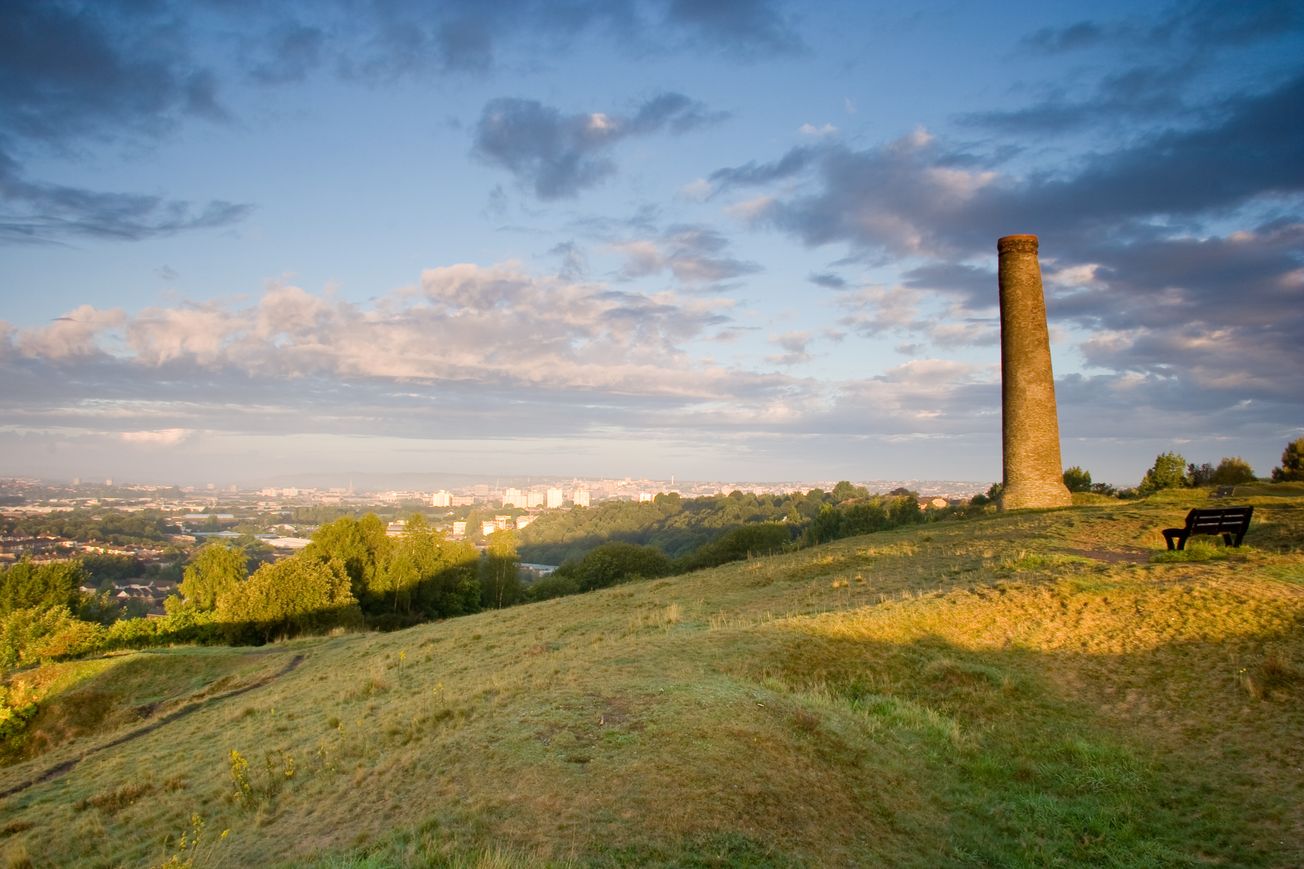By Meerabai Kings, Fourth Year, Biology
The industrial past of east Bristol has left a unique ecosystem in its wake, allowing the flora and fauna to thrive in the now protected nature reserve.
Fragments of Bristol’s industrial past can be seen all over the city. At Troopers Hill, in east Bristol, you can not only see the city’s past in the street names, but in the abandoned quarry and the 16-metre-tall chimney that looms over the landscape. Though Troopers Hill was once a hive of labour and industry, it is now a nature reserve with a flourishing and unique ecosystem.

Last month, Dr Michael Malay, a Bristol University lecturer in English Literature and Environmental Humanities, recited a spoken piece on BBC Radio 4 about the unexpected beauty of Troopers Hill and the comfort the reserve brought him during lockdown.
While the name of Troopers Hill dates back to at least 1826, its origin remains a mystery. ‘Toopers’ could refer to the Hill’s role in the civil war during the 1600s. It could even be a misprint of Truebody’s Hill, as the Truebody family owned the land for decades.
It is home to a habitat that exists nowhere else in Bristol
‘The hill has been transformed’ said Dr Malay. ‘Rubble has been dumped here, chemicals have contaminated the soil, and the face of the hill has been dug into and chipped away. And all this has altered the very nature of the place.’
But as Dr Malay said, it is because of Bristol’s industrial past that Troopers Hill is a nature reserve- not in spite of it. ‘Because of the quarrying and the mining and the smelting, the soil here has lost its original character; and because it has become acidic and thin, it is home to a habitat that exists nowhere else in Bristol’ recitedDr Malay. From the thin soil bloom wildflowers, which attract a wealth of insects to Troopers Hill.
From the thin soil bloom wildflowers, which attract a wealth of insects to Troopers Hill
Last year, over 300 insects were identified at Troopers Hill, many of which are nationally scarce species — a remarkable boast for such a small nature reserve! Despite coal mining ceasing many decades ago, tiny mineshafts can still be seen all over the hill; but these are ongoing works from mining bees!
Dr Malay found great joy in listening to the crickets and grasshoppers on Troopers Hill, ‘Some were easily discovered — you could flush them out of the grass with your feet – while others sang from deep within cover and fell silent whenever you came near’.

After hearing Dr Malay’s piece, I caught the 44 bus to Troopers Hill to listen to the cricket songs for myself. The first thing I noticed, besides the looming chimney of course, was how the hill rose out of suburban Bristol so gradually. It was hard to tell where the terraced houses ended, and where the reserve began.
The next thing to surprise me was how songbirds—not sirens, not the M32, not the raucous squalling of gulls — that dominated the Hill’s soundscape. I wondered if the birds were here for the feast of insects or because the Hill was the only home we had left for them in this part of the city. Either way, I was happy to hear their songs in this semi-rural environment. I could even hear chickens clucking in the surrounding gardens. Surely, they had just laid someone’s Sunday brunch, I thought to myself.
It was hard to tell where the terraced houses ended, and where the reserve began
Beneath the chimney is a small wedge of cool, shaded woodland that blooms all shades of green. As I strolled through, I got to know some of the Hill’s infamous insect species, including my first sighting of a peacock butterfly this year; the undisturbed wild grasses and flowers must act as a nursery for the caterpillars.
I tried to recall where else in Bristol I had seen the wings of a peacock butterfly, but those at Troopers Hill was my first. The butterfly sat in a patch of sun, and I decided to follow suit and sit in the sunshine by the chimney myself.

The river Avon meanders towards Bristol’s characteristic skyline: Cabot Tower, Wills Memorial Hall and the University’s physics department, which looks like it belongs in a fairy tale. To the West I could see the Mendip Hills, dotted with trees that looked like perfect lollipops.
As I sit, magpies hop around the undergrowth, emerging with twigs to build their nests. Dr Malay told me that he had come across a green woodpecker on the hill before, as well as herons and bats when dusk sets in—all rare species so close to a city!
Urban gardeners are providing an oasis for insects
RSPB Big Garden Birdwatch: SOS from Bristol’s birds
The wildlife has been able to recolonise Troopers Hill; encouraging news indeed considering the number of ‘wastelands scattered across the British Isles. Troopers hill provides Bristolians access to both wildlife and rural life—an important lifeline in, and indeed out of lockdown.
You can listen to Dr Malay’s spoken piece about Troopers hill on catch up; and if that’s not enough for you, you can read it on the Friends of Troopers hill website!
Featured Image: Flickr / Graham Duerden
Keep an eye out for Dr Malay’s upcoming book Late Light, an ode to species on the brink of extinction.







